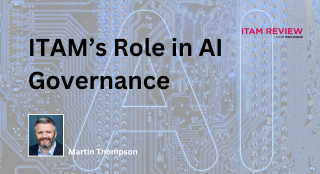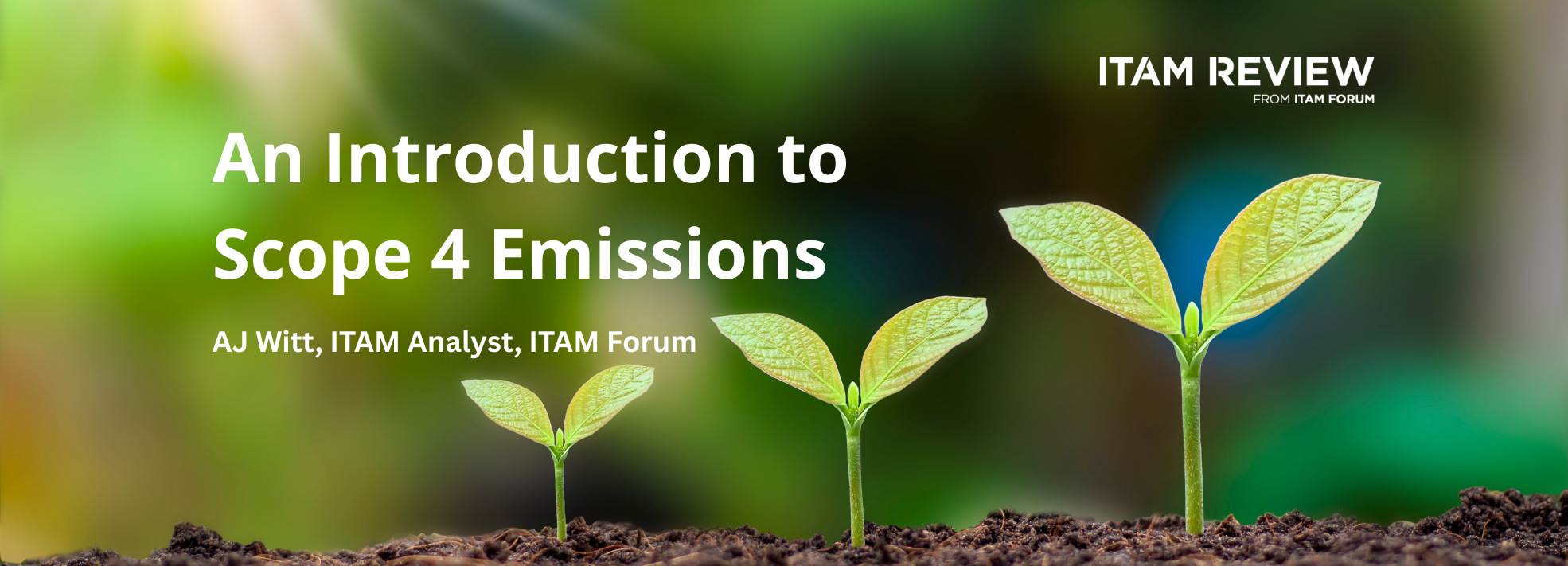Why IT Asset Management and IT Service Management Belong Together

Are we reaping the benefits of ITAM and ITSM growing together?
In the long (or not so long, if you look at it historically) transition of IT from an inscrutable, arcane new force in corporate America to a routine extension of just about everyone’s experience now from age two and up, one trend has been consistent. And that trend is the need to break through siloed barriers and habits typically defined by a specific technology or skill set.
Whether it was the move from mainframe introversion to client/server; or from purely on-premise IT to the Internet, cloud, and mobile; or from managing purely IT-created services to optimizing global resources at will, technology tree-hugging has been the downfall of many in IT. It has also been a barrier to success for many vendors selling software and services defined more by past comfort levels than by future opportunities. Too often, this is actually aggravated by otherwise well-meaning industry pundits seeking to define markets by technologies—which invariably evolve, change, overlap, and sometimes merge—instead of by use cases, which also evolve, but which actually address real problems.
ITAM and ITSM assume new dimensions
Take the case of IT Asset Management (ITAM) and IT Service Management (ITSM). Here, again, we can witness a history of segregated traditions in which ITAM has been most prevalently defined by managing software licenses (which is admittedly a journey into a dark, snake-ridden jungle), inventory and discovery, as well as some less traditionally mainstream ITAM concerns—such as optimizing vendor and telecommunications expense or managing application portfolios for cost and value. However, ITAM is now beginning to get creative in addressing some of these concerns, as well as in addressing other new areas, such as supporting enterprise assets, or Green IT, or insights into OpEx versus purely CapEx costs.
Now take ITSM with its focus on process, IT governance, and service management overall. My company, EMA, has done a lot of research on ITSM, in which data increasingly suggests that future ITSM will combine service desk and operations much more fluidly than in the past. In other words, service management is beginning to embrace both perspectives—with far more dynamic insights into IT’s interdependencies beyond the internal data center, and a richer focus on consumer behavior in all its dimensions.
So, it would seem that both ITAM and ITSM are beginning to break through barriers on their own.
Reaping the benefits of growing together
Isn’t that enough? Why combine two already actively growing areas into one?
The answer is simple: logic. If IT is increasingly becoming a product provider (versus a back office cost center with inscrutable services), what are IT’s ultimate products? For the most part the answer is business applications.
Then, if that’s the case, how can IT optimize as a business?
The answer would have to be in managing its assets with both CapEx and OpEx insights as they contribute to business services. This would ultimately also mean assembling available data on how, where, and when IT business applications (the products of IT) are being used, by whom, and to what effect.
EMA research, freshly available as an online Webinar would seem to support this premise (you can view an online webinar on this topic here). We surveyed 168 respondents in North America, and here are just a few of the data highlights:
- 39% have a single organization for managing strategic asset management and financial planning, and an additional 19% integrate all domains but telecom.
- 43% of respondents believed that asset and service management were at least to some degree integrated in their present environment, and 23% had committed plans to do so in the near future.
- 66% view application portfolio rationalization as important. And 68% currently have integrated portfolio rationalization—or will have integrated portfolio rationalization within 12 months—into their broader asset and financial optimization strategy. Of these, most will target a combination of dialog and analytics for making decisions on value and cost.
Those who either currently manage assets and services together or have clear plans to do so also represented a more progressive population overall. For instance, those currently combining asset and service management were more likely to:
- Have Automated Discovery and Inventory.
- Have integrated cloud into its next-generation asset capabilities.
- Link best practices, such as ITIL, to its asset management strategy.
- Achieve superior data accuracy.
- Have linkages across multiple data sources well established.
- Support service modeling for linking asset attributes.
- Have a CMDB/CMS deployed or are planning to deploy.
- Plan or deploy Application Discover and Dependency Mapping.
- Optimize software license usage overall.
- Track usage for desktop applications and reassign or cancel unused licenses.
- Have a service catalog in place and support cost and usage insights.
- Prioritize and integrate application portfolio rationalization.
- Support Green IT initiatives.
- Support enterprise extensions for next-generation asset management.
- Get a higher IT budget!
And this is just a partial list.
On the other hand, not everyone was all that progressive. For instance, across the overall population, spreadsheets still lead as the place for storing asset data.
Catalysts for change
Nevertheless, while no one IT organization that EMA has so far engaged with shows full levels of integrated service and asset management across all domains, the direction is positive. Trends like cloud, agile, and the “consumerization of IT” are serving as catalysts for this move—rewarding more dynamic and integrated approaches, and punishing siloed, purely cost-driven models with reduced investments and diminished valuations of IT.
Can’t find what you’re looking for?
More from ITAM News & Analysis
-
The Allure of the Cloud: What are We Chasing?
When I ask ITAM professionals about their transition to the cloud, the responses are often similar. “It wasn’t my decision.” It’s striking how many people feel this way—decisions about moving from on-premises solutions to the cloud ... -
The M&S Cyberattack: How IT Asset Management Can Make or Break Your Recovery
Marks & Spencer (M&S), the iconic UK retailer, recently became the latest high-profile victim of a devastating cyberattack. Fellow retailers The Co-Op and Harrods were also attacked. Recent reports suggest the rapid action at the Co-Op ... -
AI in ITAM: Insightful Signals from the Front Line
During our Wisdom Unplugged USA event in New York in March 2025, we engaged ITAM professionals with three targeted polling questions to uncover their current thinking on Artificial Intelligence—what concerns them, where they see opportunity, and ...
Podcast
ITAM training
Similar Posts
-
The M&S Cyberattack: How IT Asset Management Can Make or Break Your Recovery
Marks & Spencer (M&S), the iconic UK retailer, recently became the latest high-profile victim of a devastating cyberattack. Fellow retailers The Co-Op and Harrods were also attacked. Recent reports suggest the rapid action at the Co-Op ... -
AI in ITAM: Insightful Signals from the Front Line
During our Wisdom Unplugged USA event in New York in March 2025, we engaged ITAM professionals with three targeted polling questions to uncover their current thinking on Artificial Intelligence—what concerns them, where they see opportunity, and ... -
How ISO/IEC 19770-1 Can Help Meet FFIEC Requirements
In the world of ITAM, the regulatory spotlight continues to intensify, especially for financial institutions facing increasing scrutiny from regulatory bodies due to the growing importance of IT in operational resilience, service delivery, and risk management. ... -
An Introduction to Scope 4 Emissions
Executive Summary For ITAM teams, sustainability is a core responsibility and opportunity. Managing hardware, software, and cloud resources now comes with the ability to track, reduce, and report carbon emissions. Understanding emission scopes—from direct operational emissions ...




